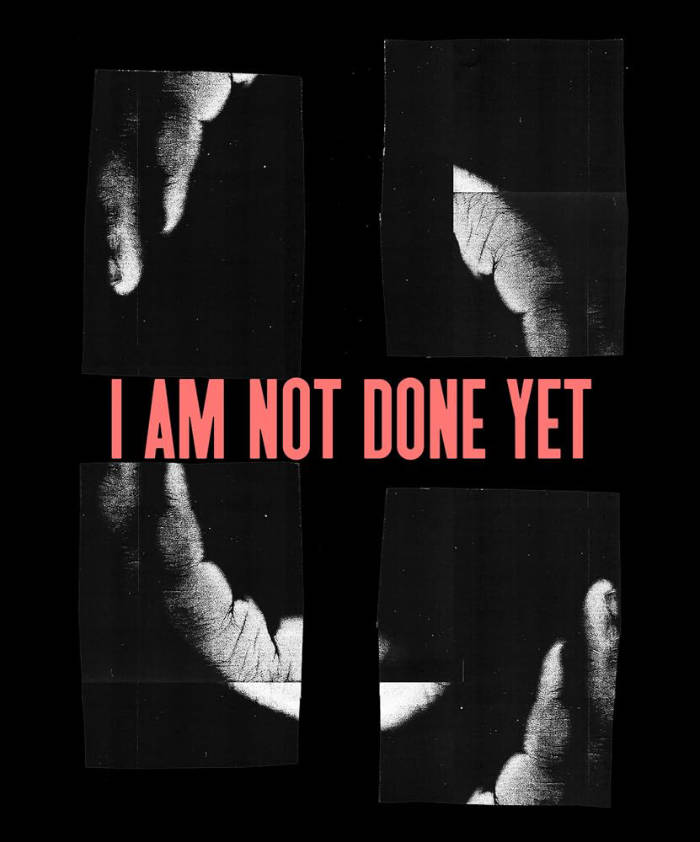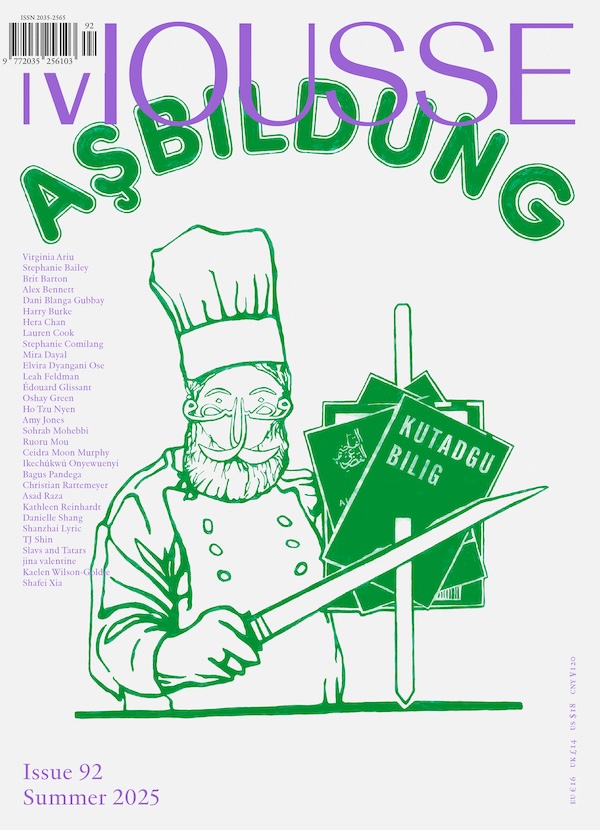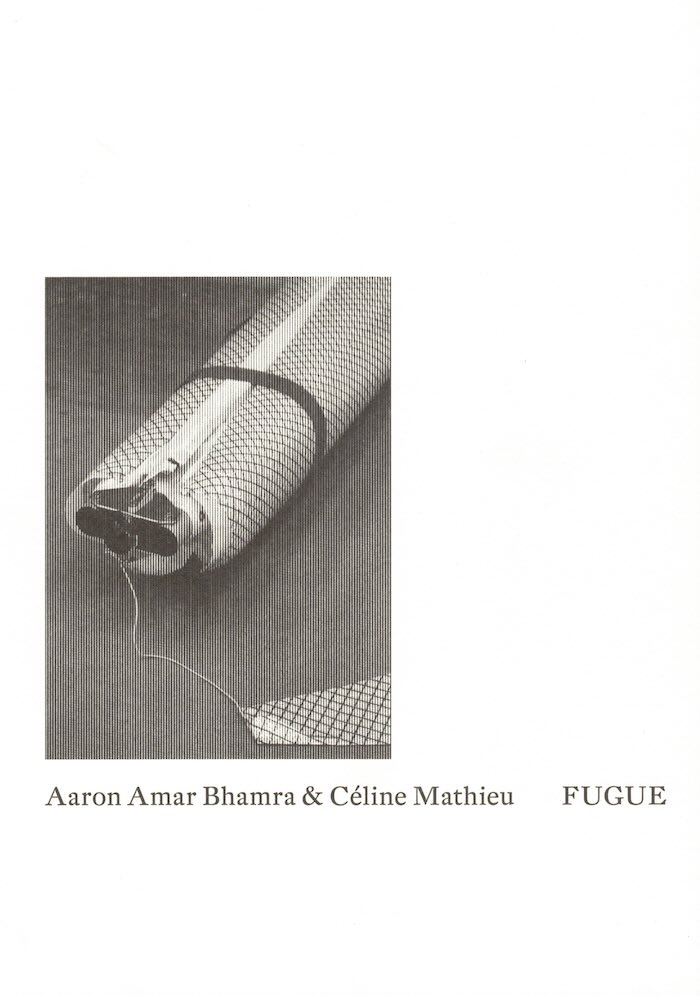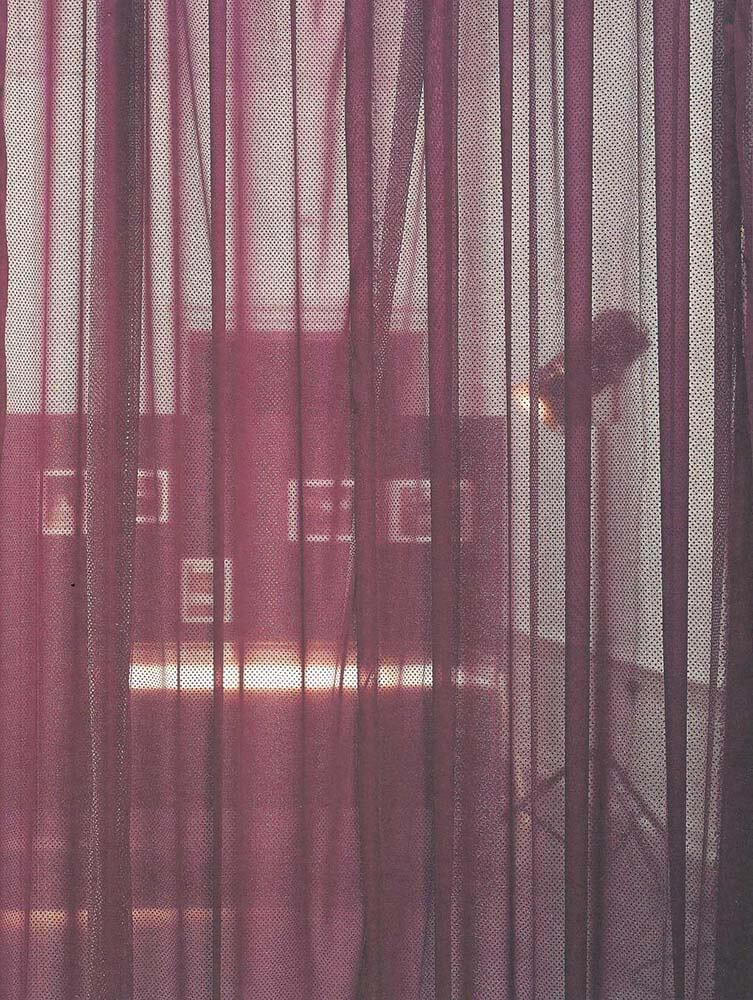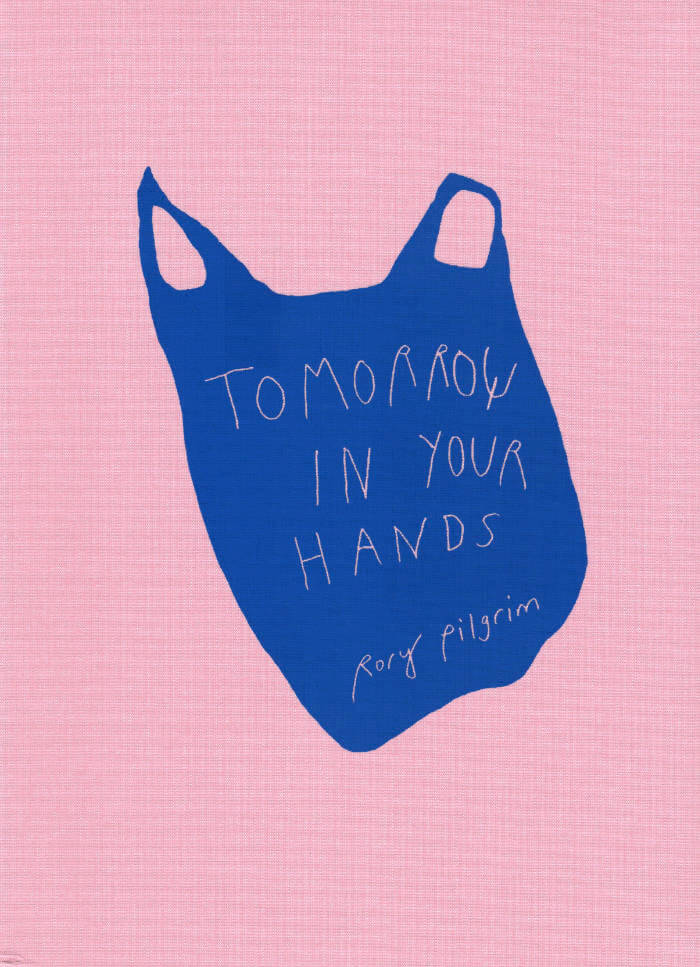
Tomorrow in Your Hands
Rory Pilgrim presents their first catalogue, bringing together their multifaceted practice as a filmmaker, composer, and more. Sharing work produced since 2008, this lovingly made book designed by Modern Activity includes sketchbooks, scores, song lyrics, and poetry. It is published on the occasion of the exhibitions Where The Tide Takes Us, Kunstverein Braunschweig, Germany, and Radio Ballads, Serpentine Gallery, London.
Rory Pilgrim (born 1988 in Bristol) works in a wide range of media including songwriting, composing music, film, music video, text, drawing and live performances. Centred on emancipatory concerns, Pilgrim aims to challenge the nature of how we come together, speak, listen and strive for social change through sharing and voicing personal experience. Strongly influenced by the origins of activist, feminist and socially engaged art, Pilgrim works with others through a different methods of dialogue, collaboration and workshops. In an age of increasing technological interaction, Rory Pilgrim's work creates connections between activism, spirituality, music and how we form community locally and globally from both beyond and behind our screens.
Edited by Rory Pilgrim, Jule Hillgärtner, Nele Kaczmarek, Zsa-Zsa Eyck, Matthew Appleton.
Texts by Jerry Brady, Jule Hillgärtner, Nele Kaczmarek, Human Poney, Louwrien Wijers.
Published in 2023 ┊ 224 pages ┊ Hardcover ┊ Language: English

